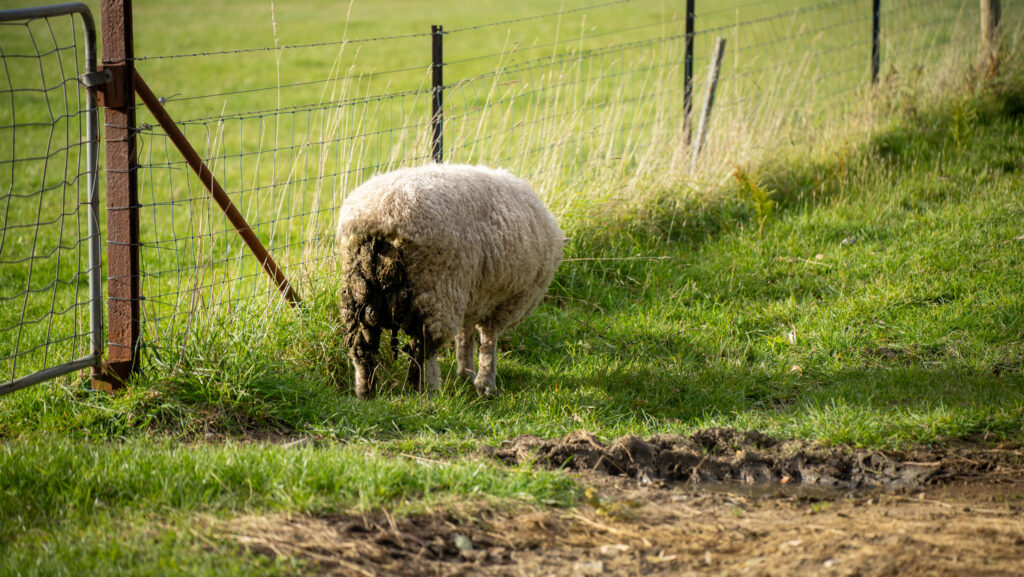6 tips on how to carry out faecal egg counts
 © Adobe Stock
© Adobe Stock Using faecal egg counts to determine whether lambs require dosing through the growing season is a great step in informing a flock’s wormer strategy.
This is according to vet Ann Van Eetvelt of the Moray Coast Vet Group, Morayshire, who says there are some common pitfalls and mistakes farmers make when undertaking faecal egg counts (FECs).
“Faecal egg counting is relatively easy to do and it’s so valuable. I want to encourage farmers to sample dung and not scare them away from doing it,” she says.
See also: Why demand is hotting up for worm-resistant rams
Despite being another task, Ann says that FECs can save time overall: “Lambs might be skittery [scouring], but it could be just caused by lush grass. Take five or 10 minutes to sample dung and see if a wormer dose is needed, rather than gathering and dosing lambs, which could take an hour or two.
“Evidence-based worming can reduce the rate of resistance of the worms in your sheep, but it also saves time and money in gathering and treating them. “
Ann points out that adult sheep typically do not need worming unless proven otherwise and gives her six tips for best practice:
1. Know which dung to choose
- If you are concerned about lamb growth rates, ensure dung for testing is from lambs
- Generally, mature ewes should not be wormed. A wormer dose can be given to thin ewes before lambing (to manage the peri-parturient rise) in line with Sustainable Control of Parasites in Sheep (Scops) principles
- Consider the time of year and what parasites might be on pasture and in your stock.
2. Make it easy
- Watching lambs defecate and taking a sample can be a good way to get fresh stools
- Alternatively, mob up the lambs against a wall/fence and wait for five minutes, walking over the area afterwards to sample fresh dung
- Test lambs a few days before you know gathering is going to occur, such as a vaccination, weaning or big weighing and sorting day
- Wear plastic gloves to sample and store the dung.
3. Make sure the sample is usable
- Use dung that is less than one hour old – it should be warm to the touch through your plastic gloves
- Take the sample to the vets as soon as possible, reducing chance of larval hatch
- Keep the sample sealed in a lock-tight container and in the farm fridge if possible
- Squeeze air out of the bag, as the worm larvae cannot hatch without air
- If you have a pot, fill the pot to the very top to avoid air in the sample.
4. Take enough samples
- Farmers are advised to sample dung from 10% of the flock, but this isn’t always possible in big mobs
- 10-15 samples are usually enough
- The amount of dung required is only one gram’s worth (in other words, do not bring in feed bags of it).
5. Test the treatment has worked
A faecal egg count reduction test before, and after, tells you whether worming was useful and whether the parasites are resistant to the wormer you’ve used.
This requires another FEC at the vet laboratory seven days after treatment for yellow group 2-LV drenches, and 14 days after for group 1-BZ white and group 3-ML clear drenches.
6. Get help to interpret the result
Your vet can talk you through:
- What the FEC has shown in terms of species and numbers
- Whether a treatment is worth considering
- Observations of livestock appearance
- What weight gain data (if any) is suggesting.
A free website app by the Moredun helps farmers interpret FEC test results. Download it at app.moredun.org.uk/fec/check.
